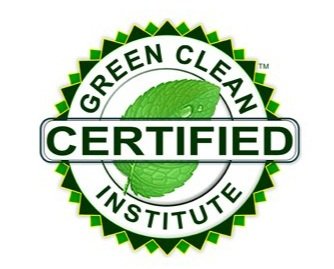Euthrophication & Waste Water
Whenever a pail of detergent water is poured into the floor drain, it has some unintended consequences.
When hiring a cleaning service, it should be understood that a clean building is not the only issue. Cleaning services bring hundreds of bottles of cleaning products into the building each year. These products are often the cheapest choice possible to protect the very thin profit margins of the cleaning service.
Within the building we now know that the cleaning products, fragrances, pesticides, and polishes introduce Volatile Organic Compounds (VOCs) that tend to “Toxify” the building. We know that dust and dirt will accumulate in a building. Well, so do the chemicals.
What happens to Cleaning Chemicals?
Chemical ingredients in cleaning products do not “just disappear”. These ingredients started as a substance much as bleach is a derivative of salt. When the liquid evaporates into a VOC gas, it stays in the air for a long time.
Then, those gaseous ingredients condense into the dust and dirt of the building. Over the years, the building becomes “sick” and will make the people in the sick as well.
How Cleaning Chemicals cause Euthrophication
During the cleaning process, workers dust the building, wipe surfaces, mop floors, and vacuum the carpets. They use chemically treated water to wash and mop. And that water is dumped into the drains of the building.
Some of the water goes through waste treatment plants, which are worried about the volume of chemicals that can be removed. Other drains go into streams and rivers.
